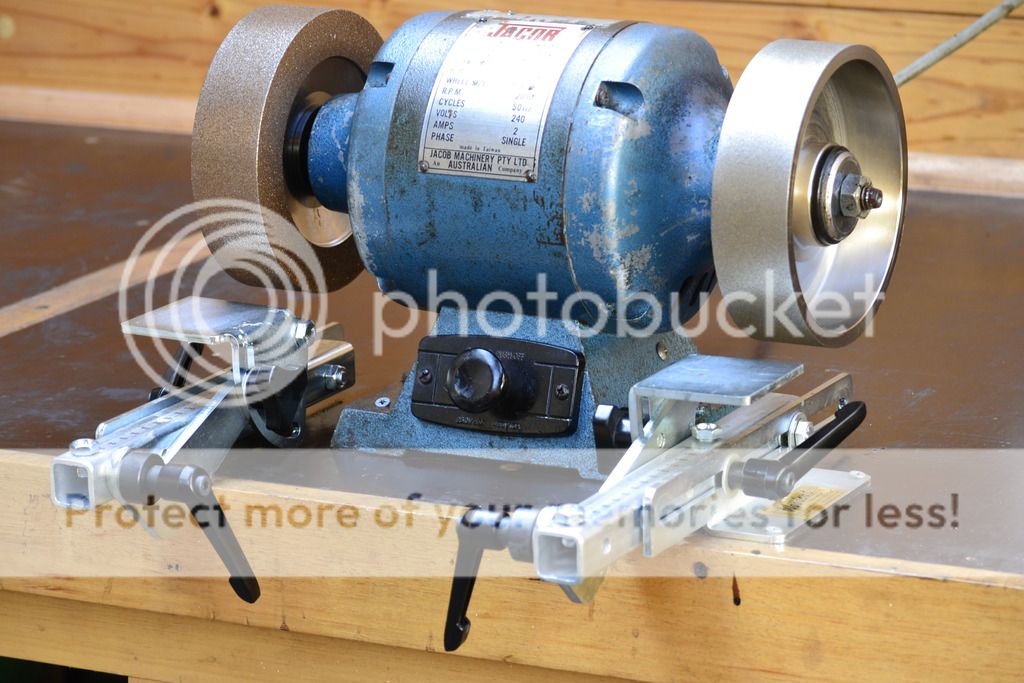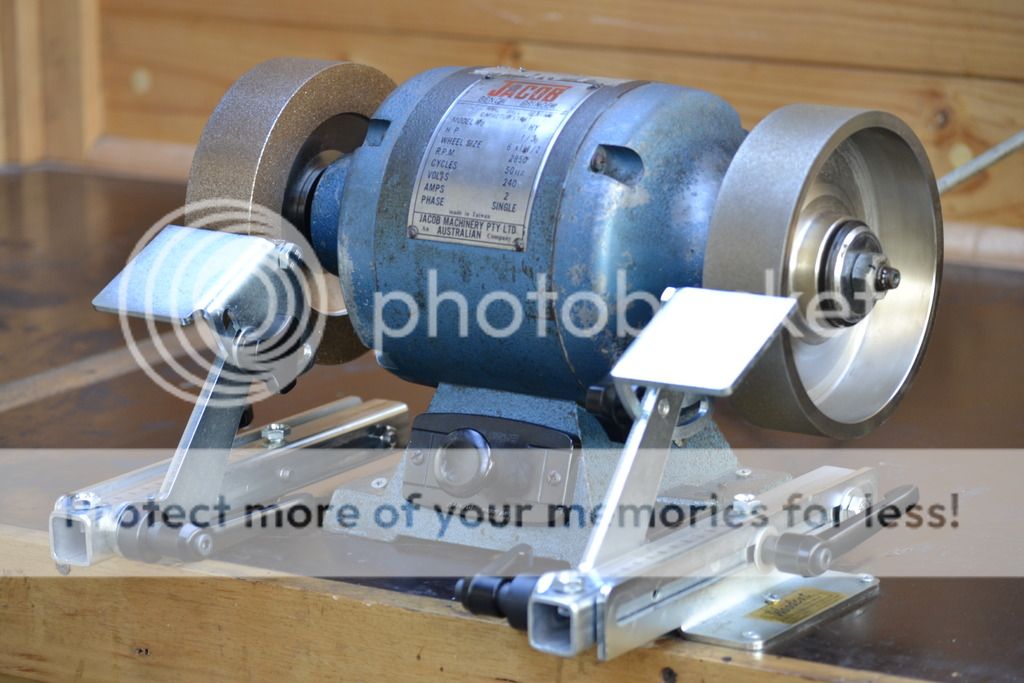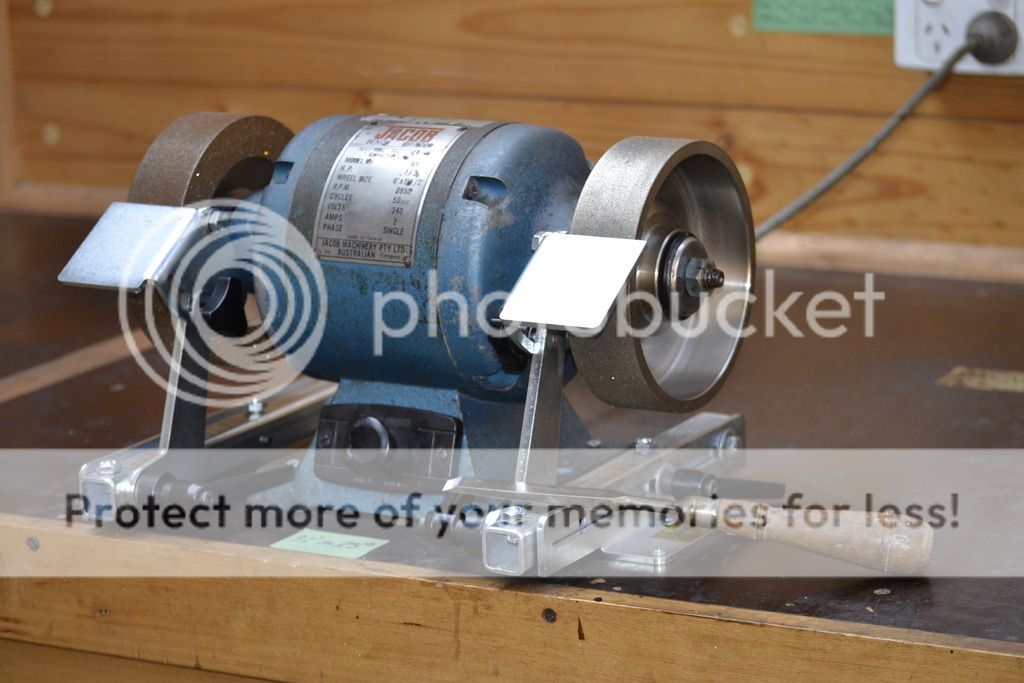Right.
I've inherited a family carving set (3rd generation could be 100 years old) which is ordinary Sheffield steel (not stainless) with ordinary bone handles. It's been sharpened with a steel all this time, with nobody having the faintest idea about "edge geometry" but it has always cut really well!
Hope that helps![/quote]
Then you probably have some quality steel there most knives of that era are totally worn out. When I worked as a lad in a butchers then there was much clanking of steel in a display of showmanship by the butcher but once a week a van would visit and all the knives and cleavers were reground on a manual wheel, I think the bloke pedalled it. Steeling will straighten and burnish the edge but you will still not get as good an edge as with a proper resharpen. Think of it as a large burr on your plane blade you keep flipping the blade until you have abraded it away, with a steel you just move it back in line and do it enough times and it will break off. No you don't have to know anything about edge geometry nor do you have to appreciate a really sharp piece of steel, if your knives will cut ripe tomatoes in thin slices under their own weight then obviously you have nothing to learn.
I've inherited a family carving set (3rd generation could be 100 years old) which is ordinary Sheffield steel (not stainless) with ordinary bone handles. It's been sharpened with a steel all this time, with nobody having the faintest idea about "edge geometry" but it has always cut really well!
Hope that helps![/quote]
Then you probably have some quality steel there most knives of that era are totally worn out. When I worked as a lad in a butchers then there was much clanking of steel in a display of showmanship by the butcher but once a week a van would visit and all the knives and cleavers were reground on a manual wheel, I think the bloke pedalled it. Steeling will straighten and burnish the edge but you will still not get as good an edge as with a proper resharpen. Think of it as a large burr on your plane blade you keep flipping the blade until you have abraded it away, with a steel you just move it back in line and do it enough times and it will break off. No you don't have to know anything about edge geometry nor do you have to appreciate a really sharp piece of steel, if your knives will cut ripe tomatoes in thin slices under their own weight then obviously you have nothing to learn.







